Description
It is a perennial grass suitable for cultivation in humid areas.
It is grown in seasonally flooded valleys and lowlands and can withstand water logging and long term flooding.
It cannot grow on dry lands in arid or semi – arid areas.
It is sensitive to cold and makes little or no growth during winter months in sub-tropical regions of India.
Water logged soils are best suited for this crop.
It can be grown on sandy soils also, provided water supply is sufficient.
Seed setting is very poor in this grass. It is propagated exclusively by stem cuttings.
It can be planted at any time in South Indian conditions, but June – July planting is advisable under rainfed.
There are no improved varieties of this grass (only local).
Thin shoots are used as planting material. Stems with 2-3 nodes are planted in 45-60 cm rows at 20 cm spacing. The stems are pressed into wet soil leaving the two ends sticking up.
800-1000 kg of stem cuttings are needed for planting one hectare.
The first cut is taken 75-80 days after planting and the subsequent cuts at 40-45 days interval. Totally, 6-9 cuts can be taken in a year with an average green fodder yield of 80-100 t/ha.
This grass is fed in the green form and is not suitable for conservation either as hay or as silage.

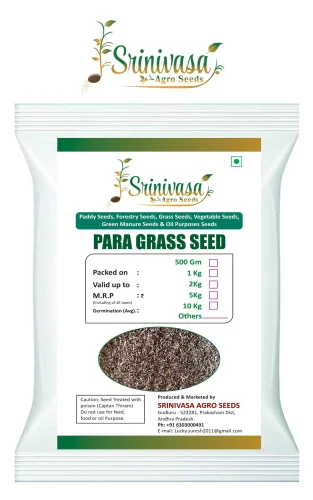
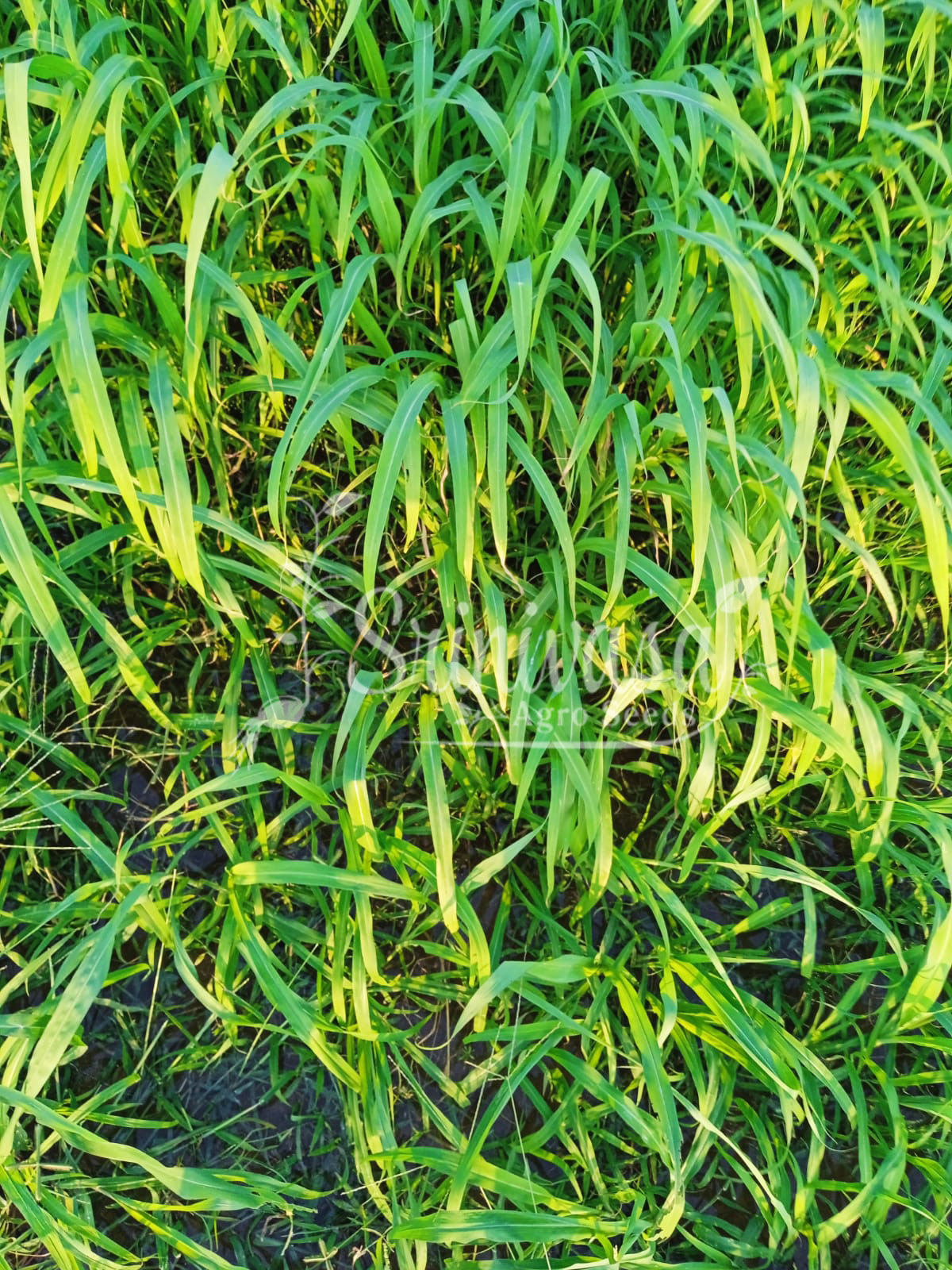

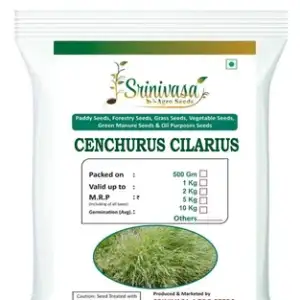
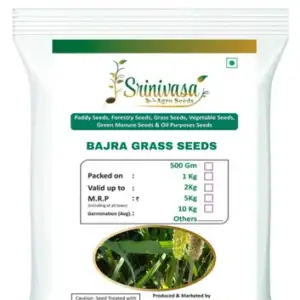
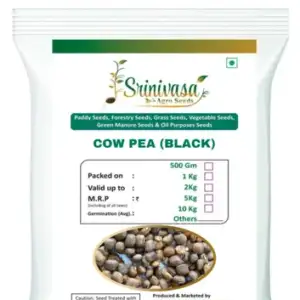
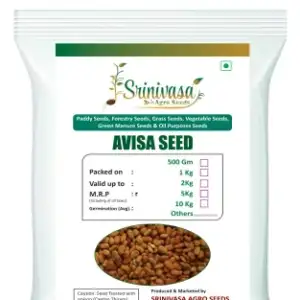
Reviews
There are no reviews yet.